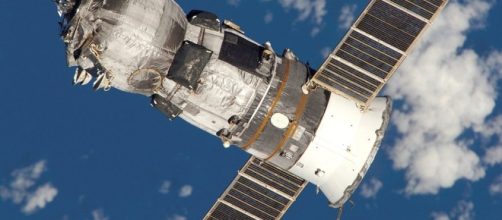In “The Martian” movie, astronaut Mark Watney played by actor Matt Damon was left behind in planet Mars after his crew mates assumed his death from a fierce storm. Running out of supplies and food, Watney managed to survive the red planet by growing potatoes using Human Waste. Today, a novel research suggest that Watney’s trick could actually work in real life space travel.
The potential of recycling waste in space
On long space missions to planets and moons, traveling light is a must. For journeys that stretch to months and years, payload is scarce, hence, every unit is precious.
This is the very reason why space mission planning experts are focusing their efforts on making use of everything onboard.
Astronauts in manned space missions constantly eat and breathe. The crew, like all human beings on Earth, will exhale carbon dioxide, excrete sweat, produce urine and dump human waste. Hence, manned missions will have a constant supply of biological waste.
According to The Engineer, participants of the recently concluded 254th National Meeting and Exposition of the American Chemical Society in Washington have discussed the feasibility of using biological waste from space craft crews as raw materials to produce tools and spares in space. According to Gizmodo, a novel research from Clemson is studying various Yeast strains that are capable of recycling human biological waste.
Plastic tools and spares from biological waste
According to Dr. Mark Blenner, a synthetic biologist at the Clemson University in South Carolina, reusing and recycling every single workload on long-term space missions is essential. Blenner’s team is looking into the potential space travel benefits of the “Yarrowia lipolytica” yeast.
The yeast is capable of ingesting nitrogen from human waste. Two particular strains are in focus. One is capable of synthesizing omega-3 fatty acids which can be used as a supplement to the space diet. Fatty acids can be used to improve the heart, brain and eye health of astronauts on the space mission.
The second strain is capable of producing fats and oils which can be used to produce bioplastic.
According to the research, astronauts can grow the Yeast strain on space crafts by feeding them with nitrogen and carbon from their own biological wastes. The monomers can then be used as the raw material for 3D printers that can build plastic tools and spares.
Blenner emphasized that the new strains are different from those which are commercially engineered for the banking and brewing industries. He stressed that each strain portrays a unique characteristic, hence, further researches must be conducted.


